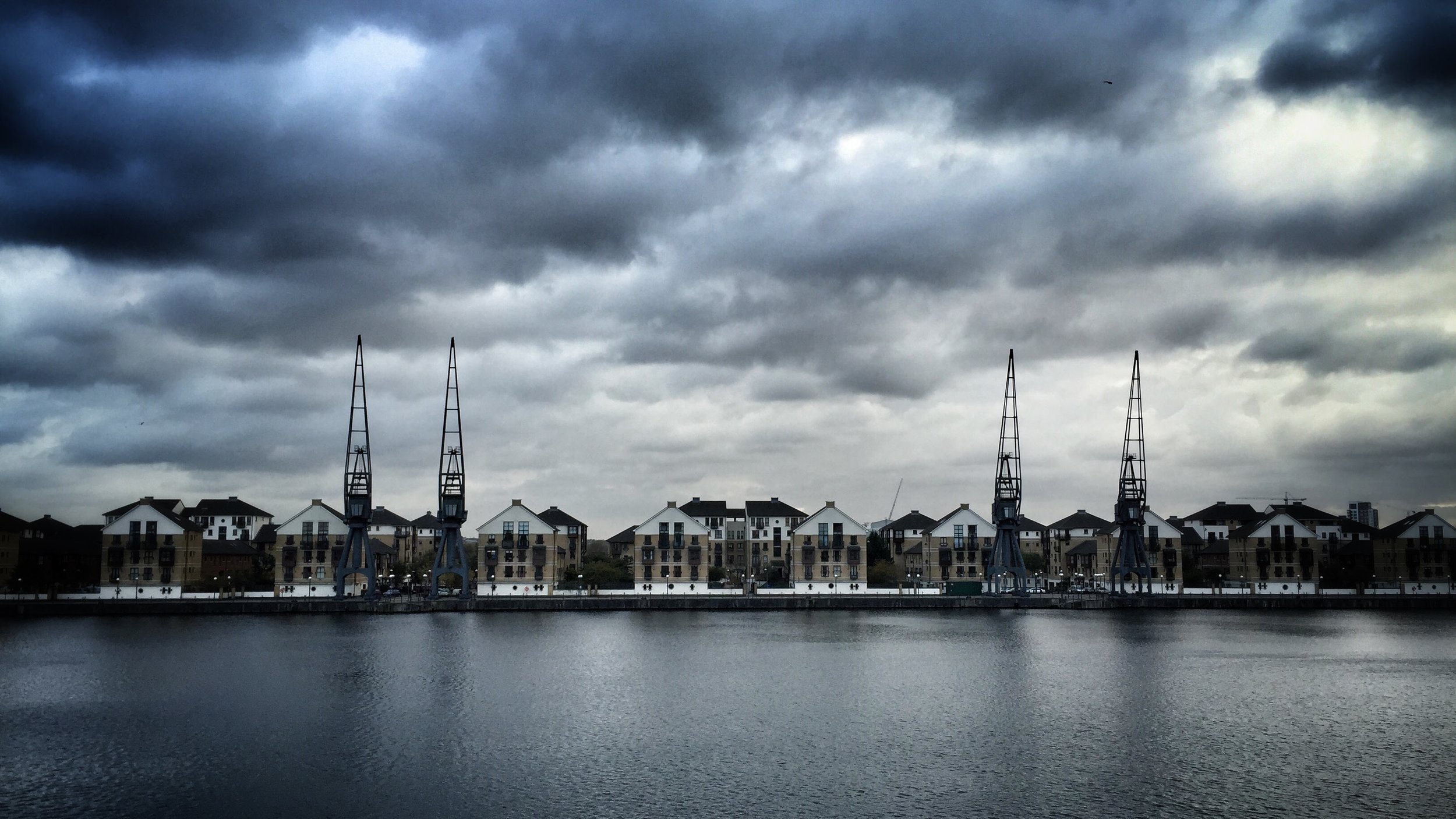A CPC attribution model for hotel marketing
The value of each click on CPC campaigns isn't necessarily the value that you are paying. Some clicks are worth more than others yet that's not how the budget is allocated. I haven't seen any complete attribution model in the hotel marketing space so am advancing my idea here.
The discussions that attribution has become more complicated because users click on multiple touch points aren't entirely correct, users have always been using multiple touch-points. The difference today is that hotels and businesses pay for the clicks on these touch points and thus are getting more cost conscious.
An example is meta-search and AdWords. Plenty of users click on Adwords, then on TripAdvisor, then on another meta-search and finally on a banner before they book. So the actual cost of acquisition is going up. That cost can easily be $10 to even $30 based on the number of clicks and bid for each.
To determine a proper attribution model requires some work. Google Analytics works on last click, others work on first click but very few take the entire path into consideration.
So the theory I'm advancing is the algorithmic model where we have a U curve and each point has a percentage value of the overall acquisition cost. This would not only help assign the attribution it would also help understand how much one should be bidding or paying for the various touch point CPCs.
In this example the value of the click near the beginning and near the end of the conversion have a higher value.
In this theory, the first and last clicks have equal value. They are the two most important points on the path, each point would thus get a value of 30% of the total cost. Then the touch points along the way will share the 40% remaining, the middle point having the least value.
It is arbitrary to say that the middle point has least value but I believe this is true since it neither increased awareness of the product or hotel nor convinced them to book.
In the example above the total cost of acquisition is $10 and by applying the U curve theory we can see that we are over-paying for some of the clicks but could pay more for the others and thus (in theory) increase the conversions. In case my illustration is not clear in blue is the cost paid and in green is the cost that could be paid per the theory.
If there are only three touch points then this theory wouldn't work because we'd have the middle point worth 40% and the others 30% each, so I'll admit it needs some refining. But I'm throwing this out there since I'm no mathematician and I'm sure there are smarter people who could bring a bit more science to it. Then we'll just need to find agencies with great tracking and develop a great way to use it and manage bids across channels.
I admit this isn't going to be popular with some publishers, but it's just a theory.
Disclaimer: The model above and the names of the publishers are not based on any statistics and are only there for the sake of example.







